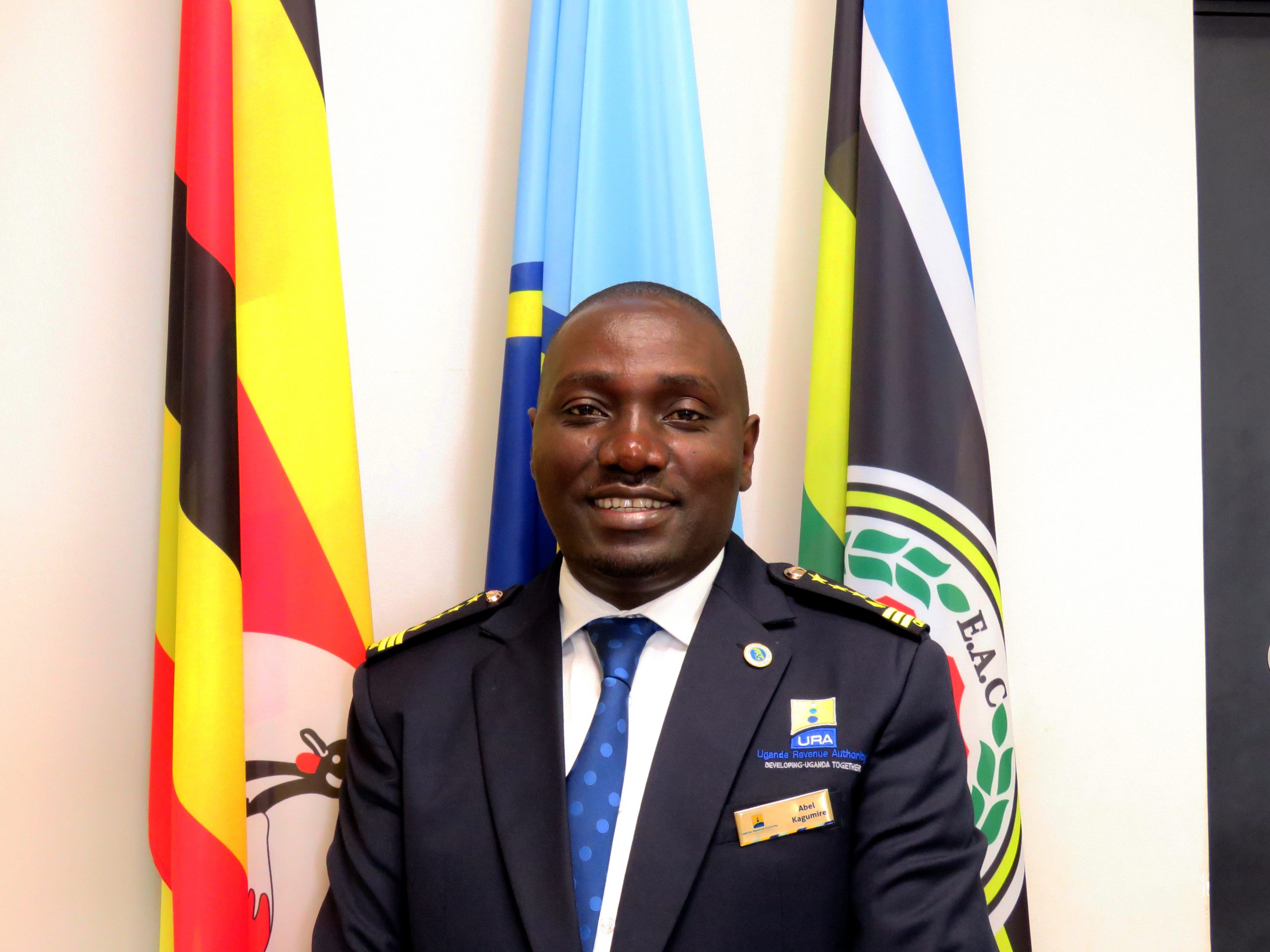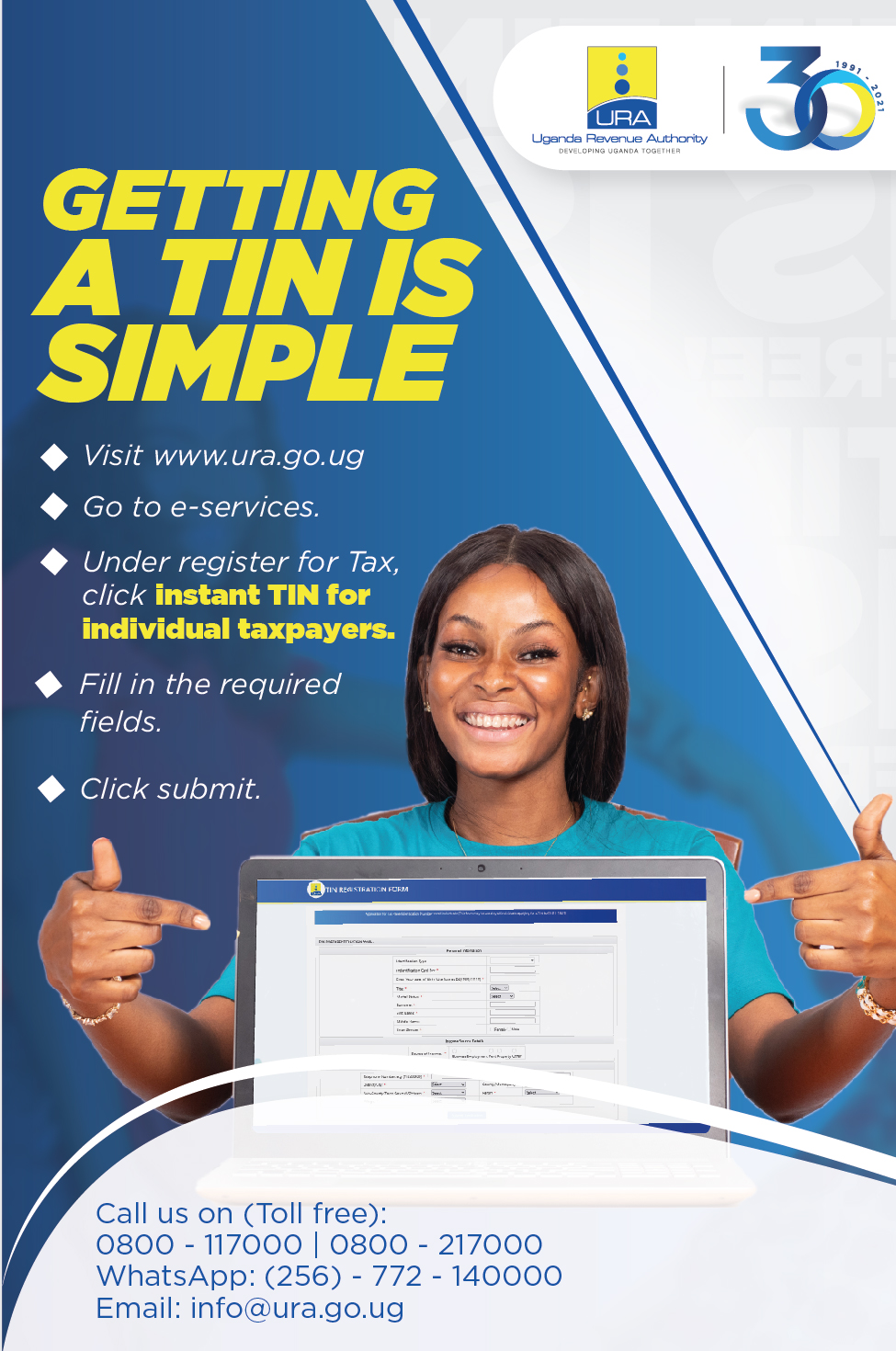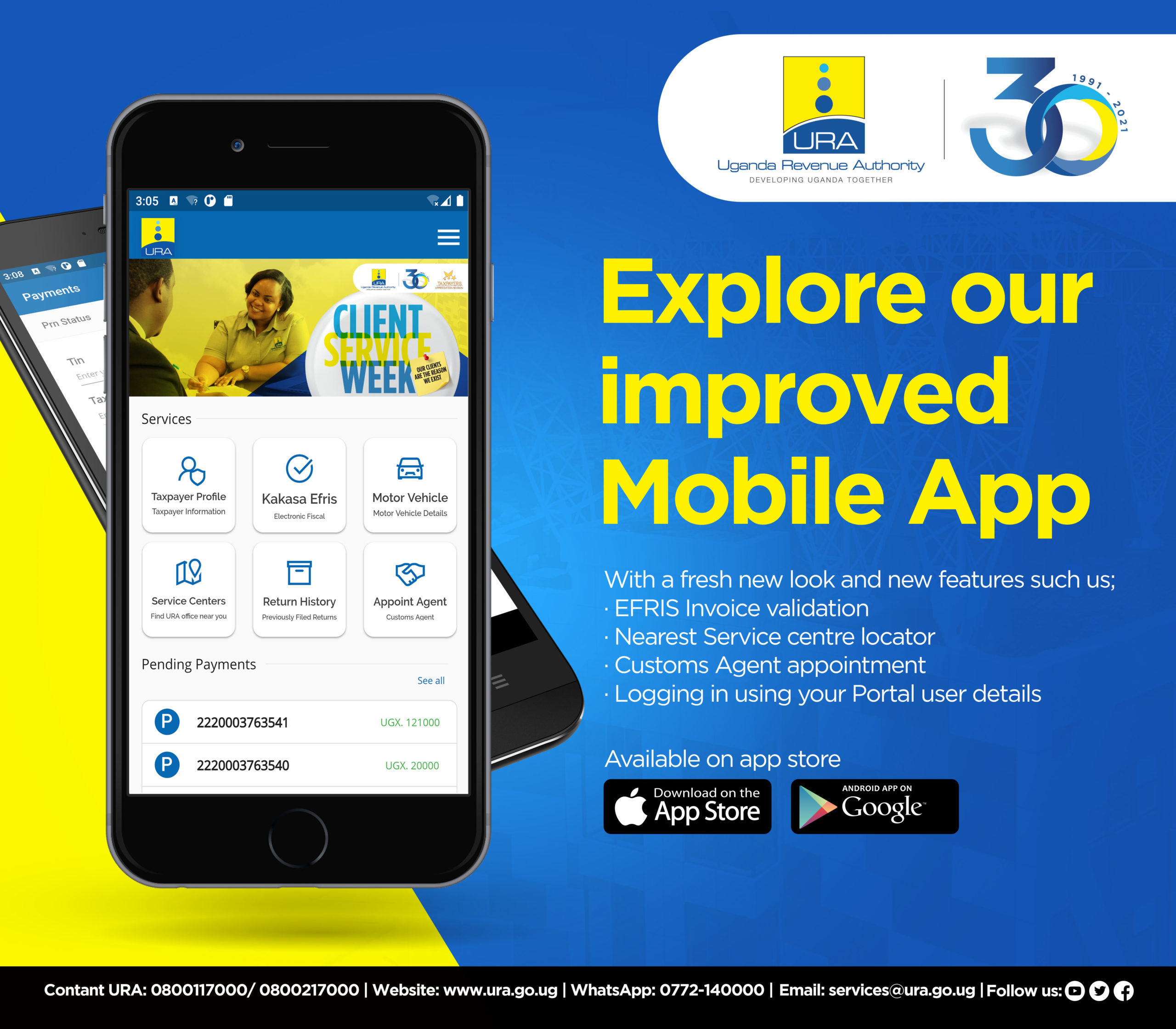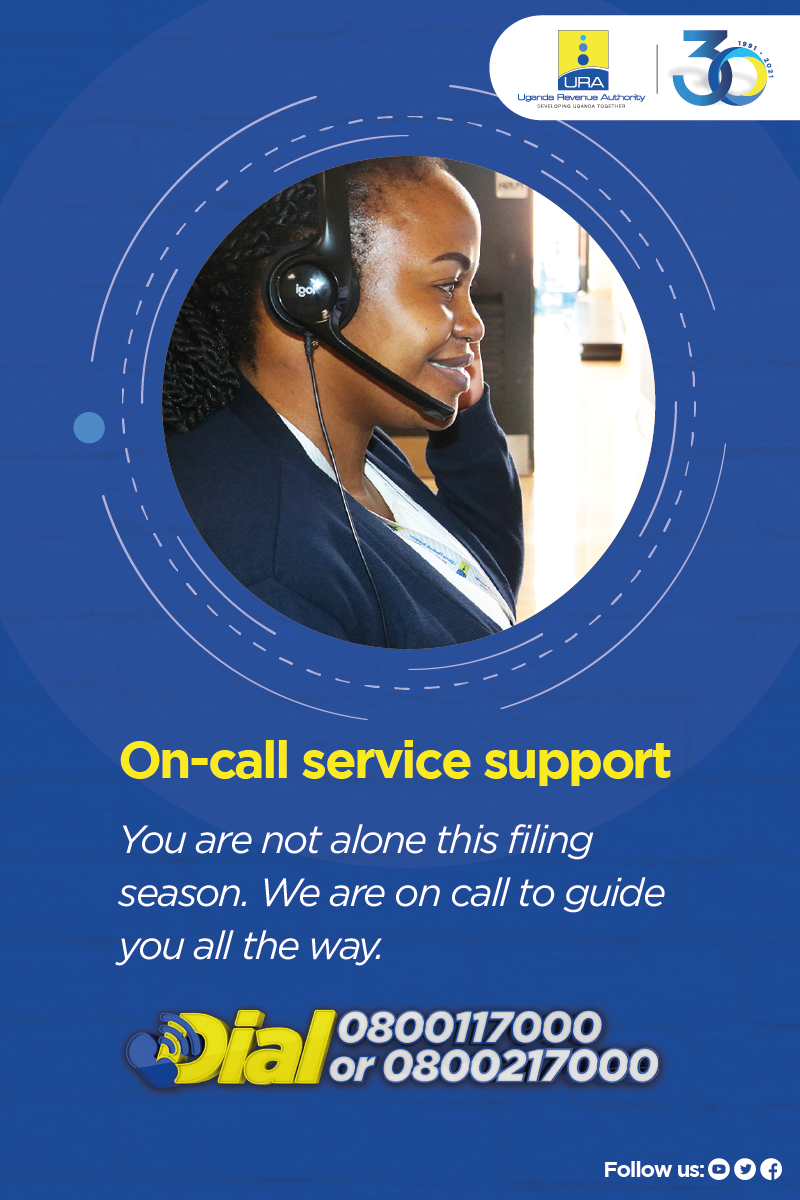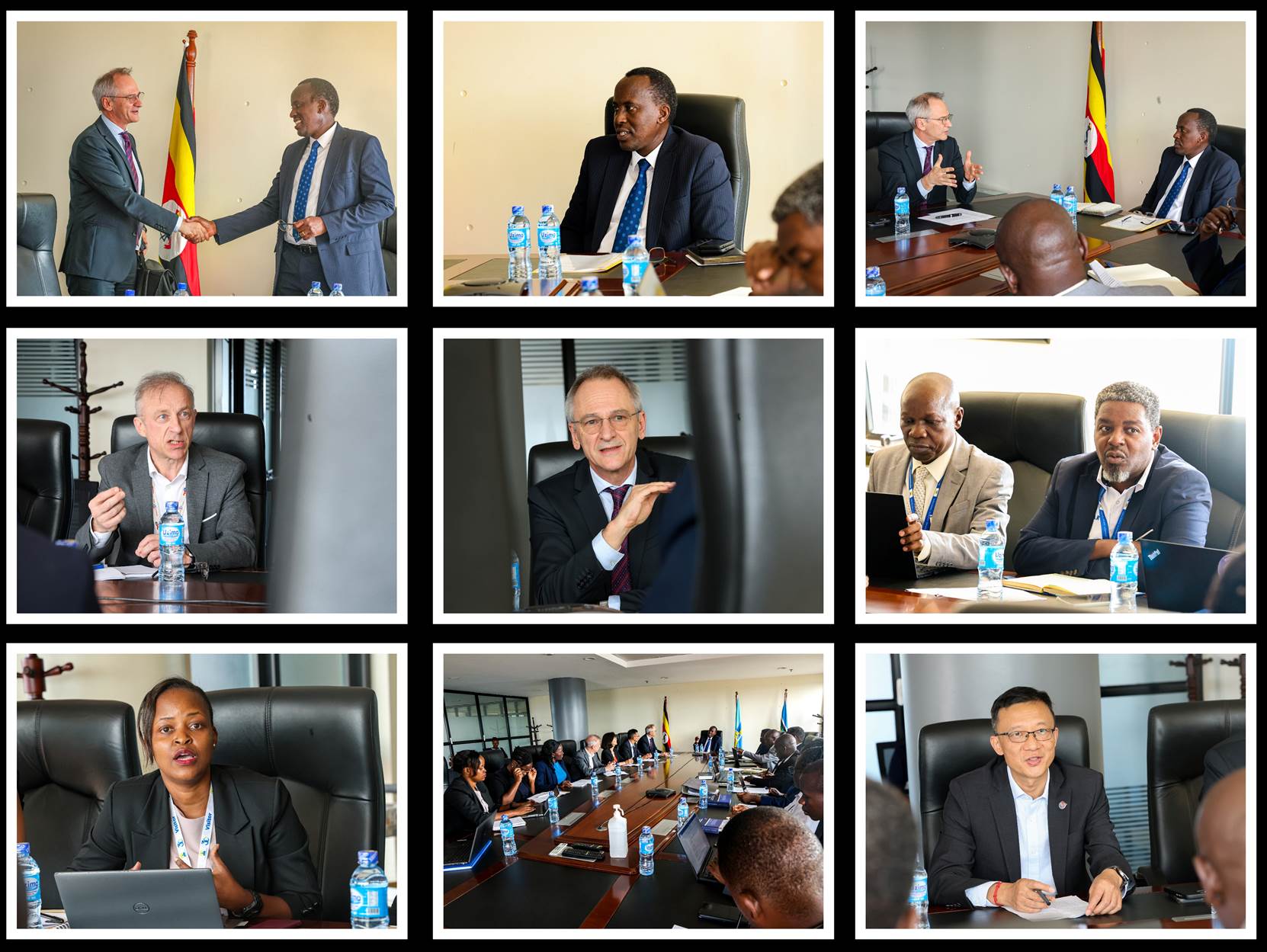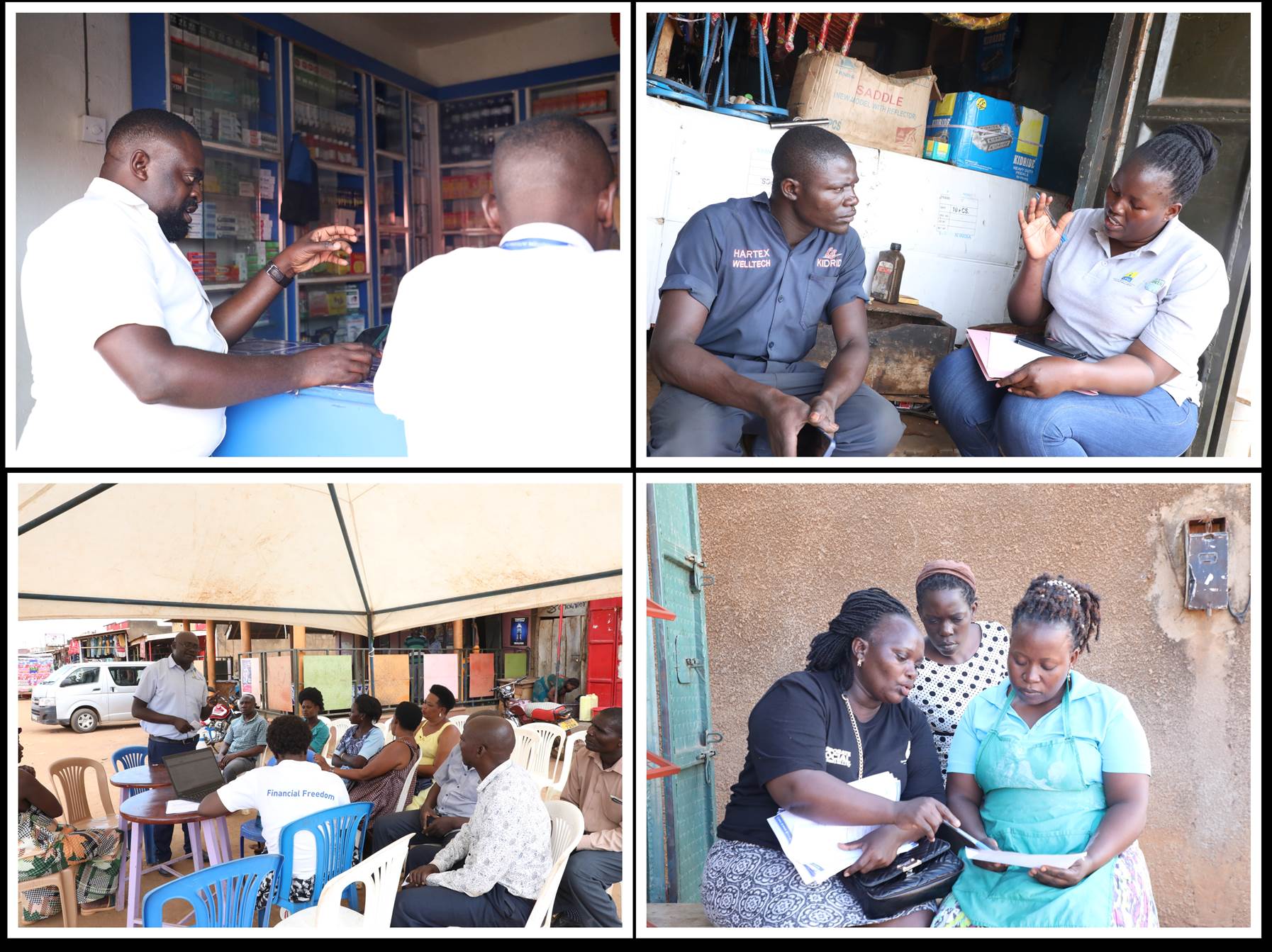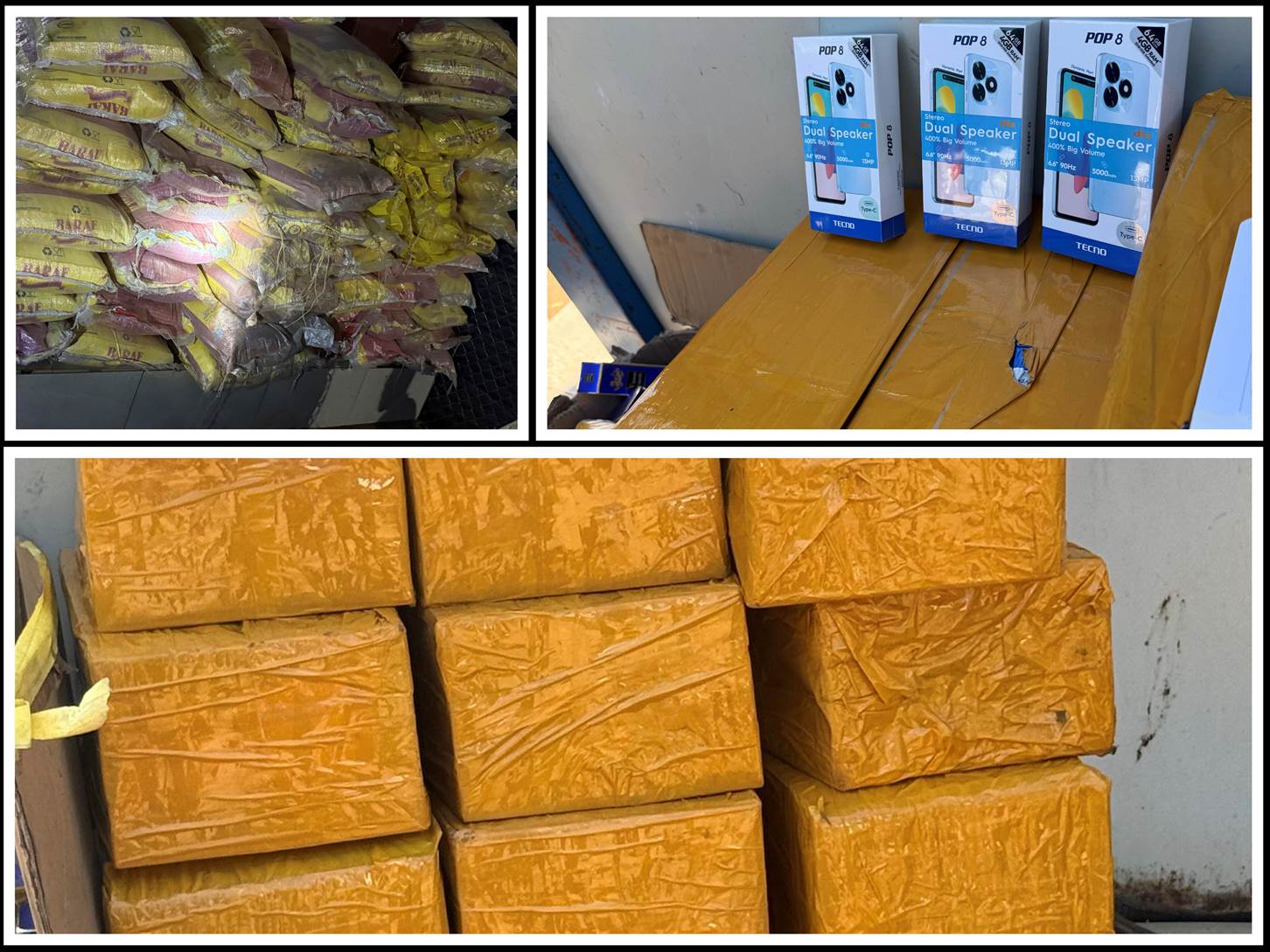What we know today as the Customs department has gone through a series of innovations especially the automation journey with the introduction of The Automated System for Customs Data (ASYCUDA). The automation of processes has helped the department and URA to effectively collect revenue and facilitate trade over the last 30 years. The Taxman caught-up with the Commissioner Customs- Abel Kagumire on the Key milestones of the department and what to watch out for post the pearl anniversary.
- Give us a brief of the Customs Department mandate in URA?
Customs mandate is multi-faceted and includes; revenue collection to finance government’s recurrent and development expenditure, as well as protection of society from undesirable and harmful products, and advise on trade policy matters.
- What have been some of the major achievements of the department over the 30 years?
Over the 30years, the Department has evolved from a majorly gate-keeping role to emphasis on trade facilitation. The achievements that have been recorded in this evolutionary process follow a number of initiatives implemented, and these include;
- 100% automation of customs processes using ASYCUDA World system.
- Development of an Electronic Single window that integrates various international trade regulatory agencies on a single platform. This has reduced institutional rigidities for mandatory submission of physical documents and increased process efficiency.
- One Stop Border Posts (currently 6 operational and 3 under construction) harmonize and coordinate all border procedures ranging from alignment of working hours, procedures and formalities, sharing of common facilities, joint border control. The operational OSBPs are Malaba, Busia, Mutukula, Elegu, Katuna and Mirama Hills.
- The Single Customs Territory which has reduced the costs associated with duplication of work and execution of multiple bonds. It allows submission of import and export documents for processing prior to the arrival of goods in the country of destination. A single declaration is made in the destination country; taxes paid in the country of destination when goods are still at the first point of entry or port of arrival.
- Centralized Document Processing Centre where all valuation and documentary check functions for Customs declarations are done.
- Regional Electronic Cargo Tracking System which gives real-time tracking solution for cargo transport and has led to reduction in costs of transporting goods as well as reducing transit delays by the drivers. Now on average a truck takes 2 – 3 days to move from Mombasa to Kampala.
- Authorized Economic Operator Program which uses the risk management principle where compliant traders are allowed additional trade facilitation treatment in terms of reduced inspections, faster release of goods and automatic license renewal, among others. We currently have 96 operators registered under the program.
- Non-Intrusive Inspection which enables customs officials to detect contraband, unaccustomed and prohibited goods and materials that pose potential radiological threats. They are deployed at the border stations of Malaba, Busia, Mutukula, Elegu, Katuna and Entebbe Airport
- How do the recent changes in the URA Mission, Vision and core values relate to the Customs’ mandate?
Customs has taken deliberate steps to adapt to the new URA Mission, Vision and core values with the understanding that these guiding principles were developed to streamline the organization towards achievement of the National Development Goals under Vision 2040 aimed at moving the country from its low income to middle income status. Customs has thus skewed its thematic values to correspond with the organizational principles. Our theme of delivering an efficient and accountable service with integrity depicts this.

- What new strategies have you put in place to hit your target of 22.4trillion for this financial year?
URA has developed a strategic plan in sync with the Domestic Revenue Mobilization strategies which will lead to attainment of the target of 22.4trillion. This puts emphasis on import substitution, export promotion, collaboration, enhancing taxpayer education and leveraging the use of automation to streamline processes. To put this into perspective, URA is vigorously pursuing integration of systems and processes through projects such as the Integrated Service Support Project which provides a 24hour support to clients through different technological modes. URA can now be accessed via direct chat on whatsapp No. 0772140000, and through the call-service centre for quick and real time services. Systems such as the Electronic Fiscal Receipting System and Digital Tax Stamp, Bonded Warehouse Integrated Management System are expected to further leverage technology to ease the processes and stock management for clients whereas reducing the process losses for URA in carrying out its mandate to meet the 22.4trillion target.
- Any message to taxpayers for the 30 years’ anniversary?
URA is taking all measures to ease the process for clients in meeting their obligations to pay taxes by ensuring transparency and efficiency and in turn, we encourage all Ugandans to own their role in contributing to national development so that we can together move this country to middle-income status within the next 5years. We also should together grow the culture of zero tolerance to corruption by rejecting the vice of giving money for services which have already been paid for with our taxes.


